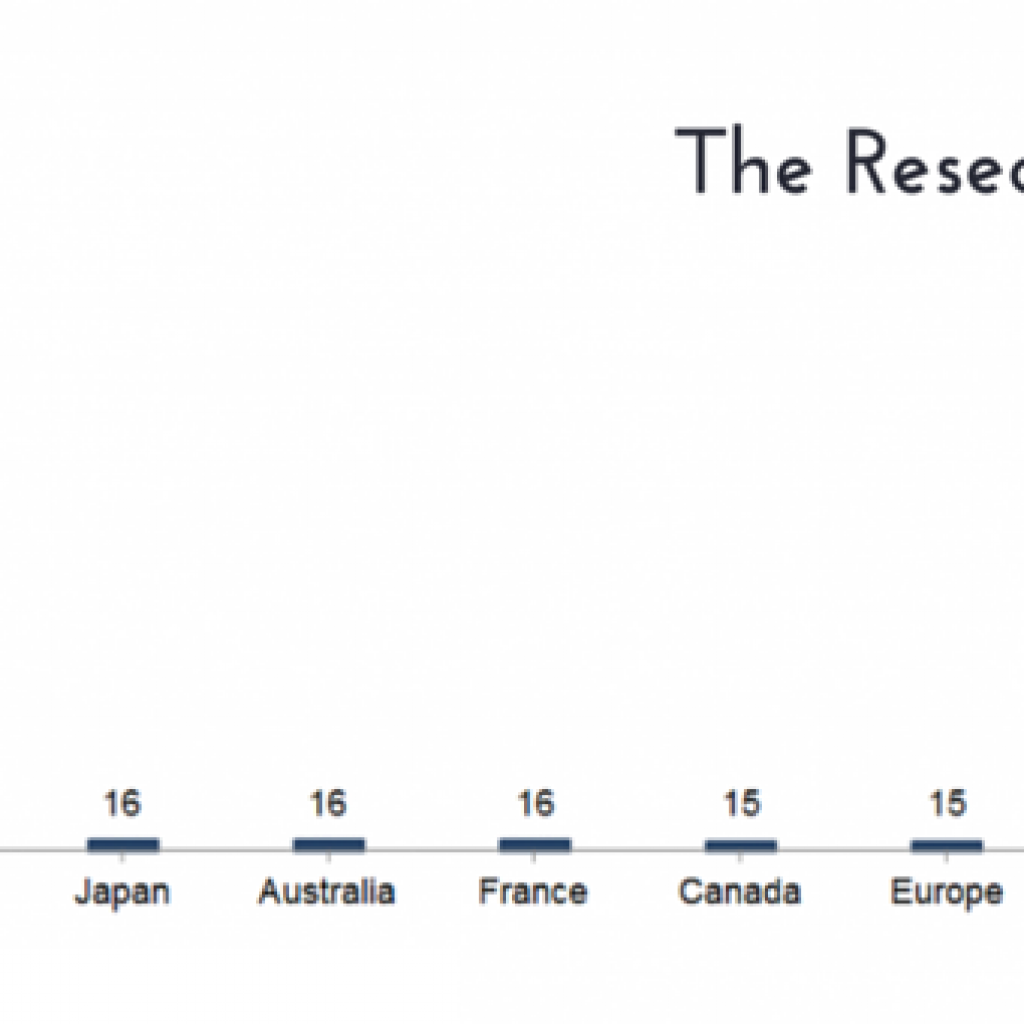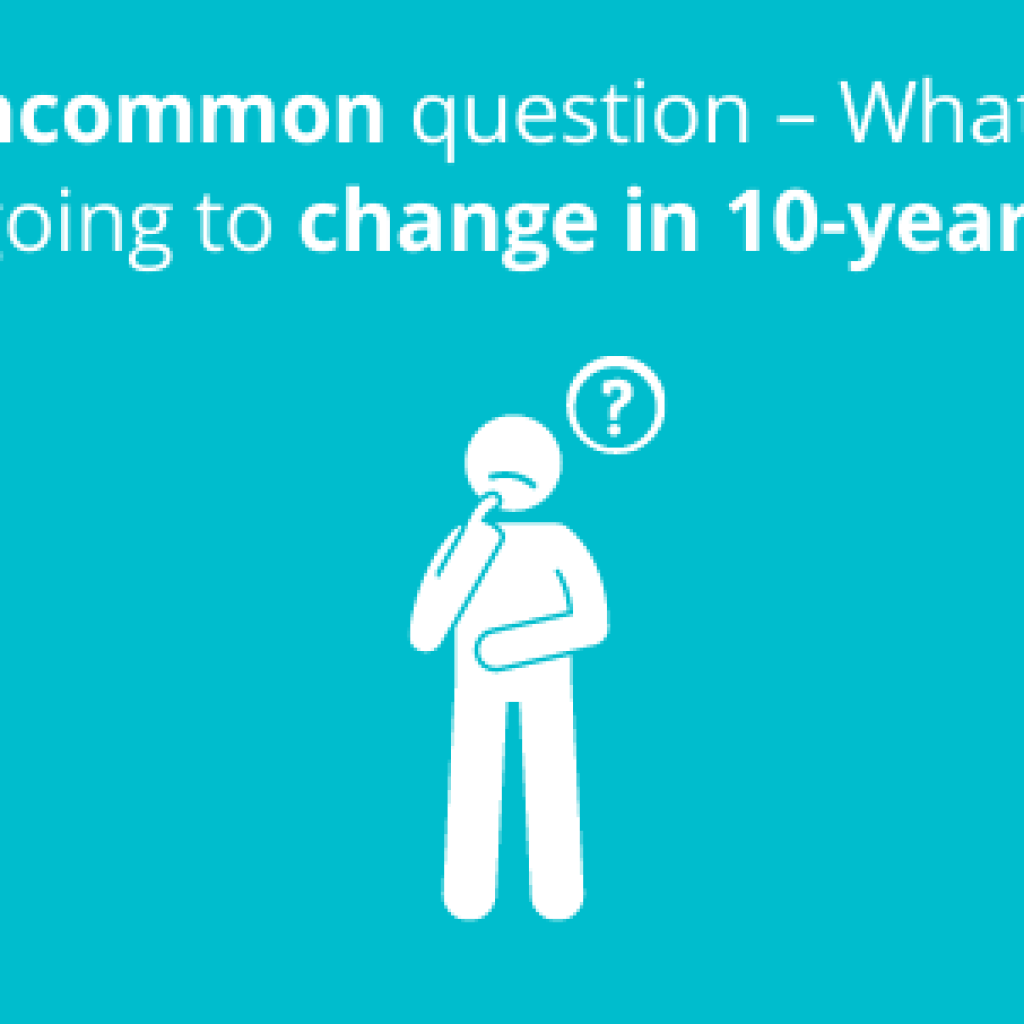9 out of 10 patents fail to generate value for their respective owners. These patents don’t get implemented in products, nor do they find any licensing opportunity in their lifetime.
Does that mean that 90 % of patents are useless? No. Some of them could be, but not all. Most of that 90% of patents don’t find monetization opportunities because most businesses often end up overlooking the true potential of their patents. This results in their patent failing to find licensing opportunities and, in a way, becoming useless to them. Eric Halber explains one of those reasons really well here in his article: Why 90% of patents are useless?
In this article, we have discussed 7 such mistakes that patent owners or counsels make, which result in their patents losing monetization value. If you want to monetize your patent portfolio, knowing these mistakes will help you avoid them and extract the highest possible value from your patent portfolio.
Interesting in more Patent Monetization strategy? Fill out the form to get the report:
1. Wrong or Poor Claim Construction
Poor claim construction is one of the prime causes of a patent failing to find any monetization value. If you are not considering the right claim interpretation of your patent, how would you monetize it in the right industry?
The claim construction process requires an in-depth understanding of the IP domain and also of the technology domain in which the patent is filed. Claim construction has various factors that play an important role in deciding the worth of your patent. The appropriate claim construction leads to the right set of overlapping products which further increases the net value of a patent.
Relevant Strategy: How to file broader and good-quality patent claims?
2. Hiring Inexperienced IP Consulting Firm
Monetizing IP assets is a complicated process, and is not recommended to carry on your own unless you are an expert. It needs an in-depth understanding of the market and what buyers seek. Not only this, but you should also know how to showcase your IP assets to get the right price.
This implies that only having good patents in your portfolio is not enough. There are countless good patents that nobody buys. The reason is quite simple: they have not been presented correctly. And this is why you need to outsource the monetization process to an external consulting firm but deciding the right firm can also become a challenge.
Hiring an inexperienced IP consulting firm will only cost you time and resources. Just as we mentioned above, monetization requires a deep understanding of your industry and your own business. An inexperienced firm can still bring results, but those results might not be relevant to you or your business.
Using our expertise in the domain, we devised this outsourcing decision matrix that can help you or anyone decide the right vendor for them.
3. Not Finding The Right Targets For Litigation/Licensing
Should I target these small players or focus on that large company? Should I license it to my competitors? – Are these kinds of questions constantly confusing you? If yes, then you are probably in the right position to seek expert assistance.
You need the right partner or an expert IP consultancy firm to help you do it right. Moreover, the right partner can help you get the best ROI on your patents than you would have expected.
For example, the right partner, after doing his homework, may suggest you target a few foreign firms with less or no protection in your country. These firms, to create a patent war chest, would be more open for licensing/buying than the local firms.
4. Wrong Understanding Of A Product
Not performing enough research before entering a market is something many patent owners fall prey to. Some may rely on unofficial sources of information, like blogs, forums, etc., for gathering product knowledge. This may or may not provide the correct information. On the contrary, you should spend some money to understand the actual working/features of the product, as it helps during litigation or licensing your IP assets.
How could I get a better understanding? You ask.
You may have to go for reverse engineering, product testing, decoding, etc. These steps avoid the instances where you prove infringement by unauthentic means and lose the case.
Here is one more way to efficiently find products infringing your patents: how taxonomy helps in patent enforcement?
5. Ignoring Standards
This is another mistake that many inventors and patent owners commit. It happens because either they aren’t aware of Standard Essential Patents (SEP) or if they’re aware, they ignore it totally.
Believe it or not, if you carry a SEP, you carry a gold mine. But how do you know if your patent is SEP or not? We have explained the steps in detail here: How to check if a patent is a SEP or not?
6. Assumption (Without Supportive Facts)
Assumptions are good in some cases; however, not in all. In the case of patent monetization, a wrong assumption can make you regret it for a lifetime. Below are three such dangerous assumptions that you should avoid at any cost before you enter the market:
- Assuming broad definitions of crucial claim elements – The current market scenario is such that you cannot afford to have any loose string. It’s important to identify the scope of each and every claim element of the claim from the specification and the file wrapper of the patent. Wrong assumptions can lead to wrong mapping/infringement identification.
- Assuming the market of the overlapping product – Detailed market research is very important to understand the right market size for the technology. Wrong assumptions about the product market can lead to wrong IP valuation.
- Assuming Doctrine of Equivalence without facts – DOE is good if utilized efficiently and by an experienced team. However, DOE can be easily attacked by the defense if not properly researched.
7. Wrong Strategies
What do you want to do with your patent/portfolio? Is selling a good option? Can it survive litigation? Should we go for licensing? Can this portfolio be augmented with other patents in the market that can double its value?
Before you proceed with patent monetization, you need to brainstorm on all of these questions so that the correct strategy can be planned to achieve the objective.
Avoiding the above-discussed patent monetization mistakes can help you get maximum ROI from your IP assets. Also, make sure you don’t let the other party use any of the above pointers to deprive you of a good deal/value.
Now that you know what not to do to save your patents from falling in that 90% valueless ratio, it’s time to save the patent which is already there. Just like the mistakes that you should avoid making when monetizing patents, here we have a list of 18 patent monetization strategies that you should definitely know.
Authored By- Muzammil Hassan, Manager, Infringement Team.










